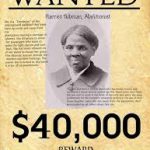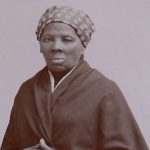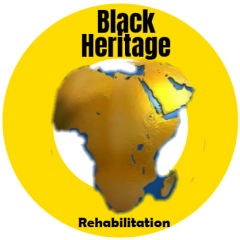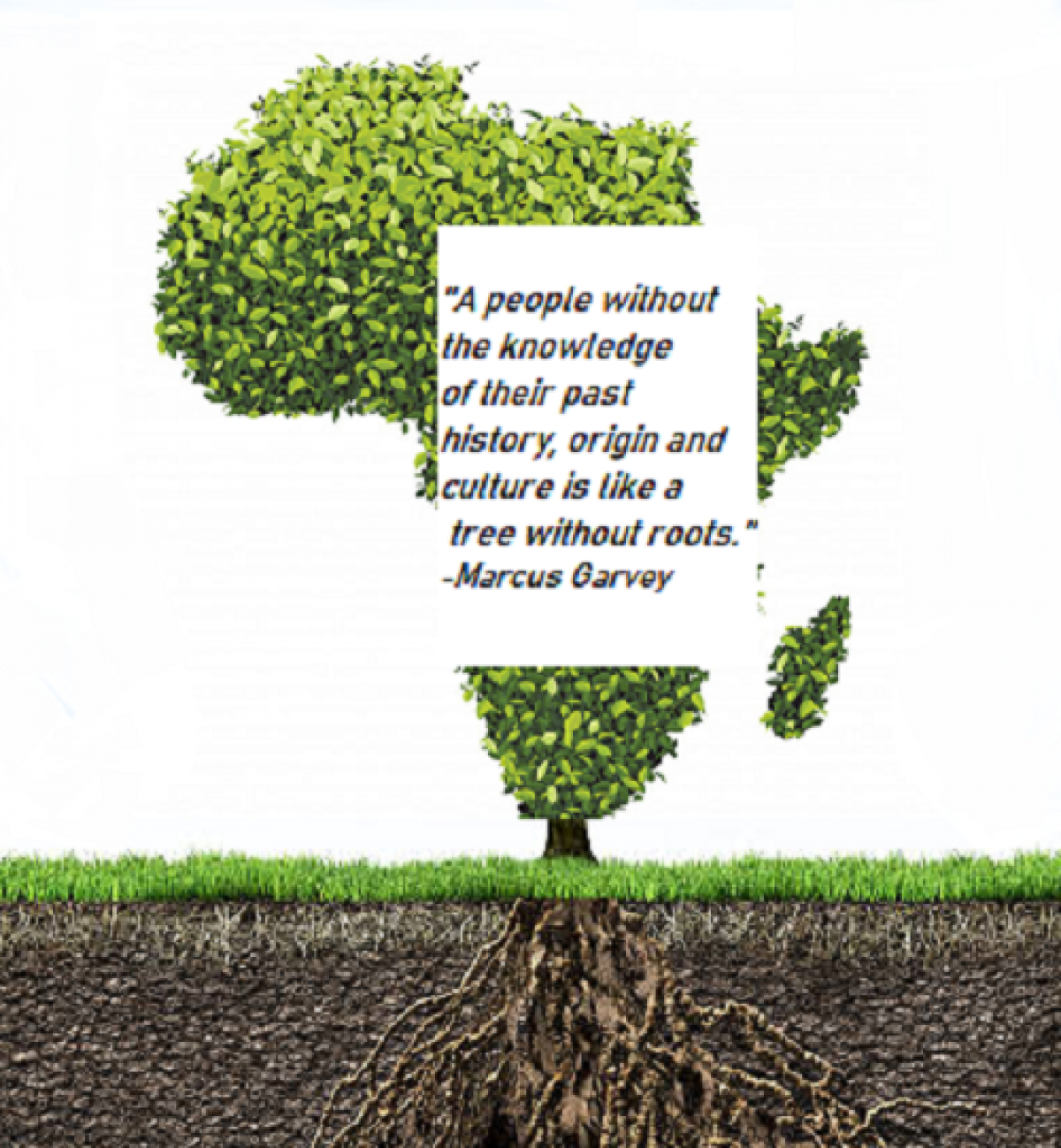 On June 2, 1863, Harriet Tubman and Colonel James Montgomery led Union Forces in what can only be described as a daring raid up the Combahee River in South Carolina, USA. It was so successful it destroyed the local Confederate infrastructure (another word) and resulted in the liberation of 756 slaves.
On June 2, 1863, Harriet Tubman and Colonel James Montgomery led Union Forces in what can only be described as a daring raid up the Combahee River in South Carolina, USA. It was so successful it destroyed the local Confederate infrastructure (another word) and resulted in the liberation of 756 slaves.
Details of the military raid
Harriet is known to have scouted the area and received widespread credit for planning the raid and her accompaniment of Montgomery was widely seen as a joint leadership of the raid.
This raid that enabled slaves to free themselves is what earned Harriett Tubman the honourable title as the first woman in U.S. history to plan and lead a military raid.
The night before, the pair had set off from Beaufort in three U.S. Navy gunboats. Montgomery led a detachment of soldiers from the 2nd South Carolina Volunteers, an all-black infantry regiment. A company from the 3rd Rhode Island Heavy Artillery was entrusted with manning the ships’ guns.
The two Union gunboats reached the Combahee on the morning of June 2, 1863 went up the river, disembarking troops as they went.
The Commonwealth, a Boston newspaper, reported on July 10 that what caused the expedition’s successes included “destroying millions of dollars worth of commissary stores, cotton, and lordly dwellings, and striking terror into the heart of rebeldom,” all “without losing a man or receiving a scratch.”
One of the goals of the raid was also for the intention of removing mines (“torpedoes”) placed by Confederate forces along the river, and it is to Tubman’s intelligence efforts, that this was accomplished.
The easy process of liberating the “contraband”
The final objective of the raid, to liberate slaves, which the union forces tended to refer to as
“contraband.” Proved easy for Tubman and Montgomery.
This is because as word spread of the operation along the river, slaves began to leave their work in the fields and rush to the riverbanks to board the gunboats faster than they could be stopped by overseers and soldiers trying to stop them.

Harriet described the scene as follows:
“I nebber see such a sight … we laughed, an’ laughed, an’ laughed. Here you’d see a woman wid a pail on her head, rice a smokin’ in it jus as she’d taken it from de fire, young one hangin’ on behind, one han’ roun’ her forehead to hold on, ‘tother han’ diggin’ into de rice-pot, eatin’ wid all its might; hold of her dress two or three more; down her back a bag wid a pig in it. One woman brought two pigs, a white one, an’ a black one; we took ’em all on board; named de white pig Beauregard, an’ de black pig Jeff Davis. Sometimes de women would come wid twins hangin’ roun’ der necks; ‘pears like I nebber see so many twins in my life; bags on der shoulders, baskets on der heads, and young ones taggin’ behin’, all loaded; pigs squealin’, chickens screamin’, young ones squallin’.1”
In addition, Harriet Tubman reported that the raid liberated 756 enslaved blacks and that almost all of the able-bodied male slaves immediately joined the Union’s colored regiments.
James DeWolf Perry writes “The broader significance of the Combahee River Raid, I think, is that it shattered two persistent myths which had long impeded the arrival of emancipation for black Americans. First, the raid demonstrated very publicly that black troops were not merely fit as laborers or cannon fodder, but were every bit as capable as their white brethren at executing complex military operations under the most challenging circumstances. Second, the raid’s success in liberating hundreds of blacks (or, in allowing them to liberate themselves) electrified the northern and southern publics and defied the Confederacy’s insistence on the quiet loyalty of its enslaved population. The raid showed convincingly that enslaved blacks were, in fact, eager for freedom and willing to rise up on a moment’s notice, if given the opportunity, and to then join Union forces in droves and fight back.
Together, these two powerful truths helped to show the necessity and rightness of emancipation, at a time when the northern public, in particular, was only beginning to wrestle with that very issue.”
Sources:
Harriet Tubman and the Combahee River Raid by James DeWolf Perry
Harriet Tubman, quoted in Sarah H. Bradford, Scenes in the Life of Harriet Tubman (Auburn, N.Y.: W. J. Moses, 1869), pp. 40-41.
www.tracingcenter.org
3.1 Harriet Tubman Parts 1 & 2


 PART 1
PART 1 Who is She?
Who is She?